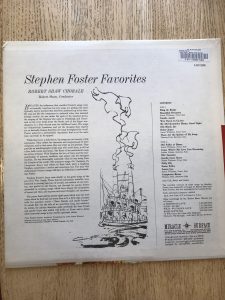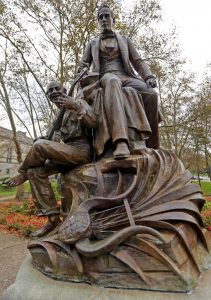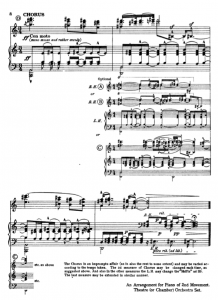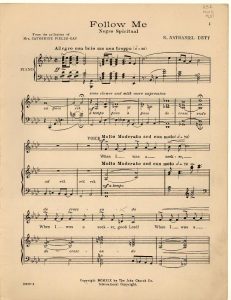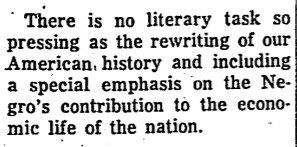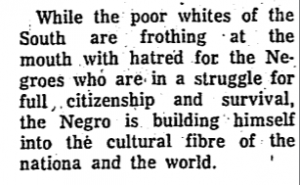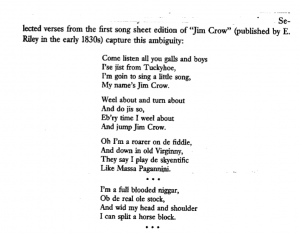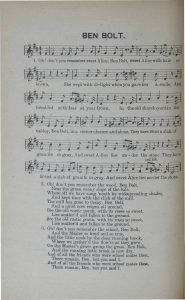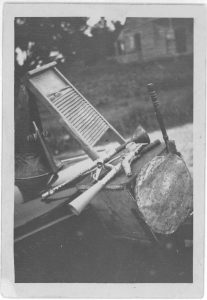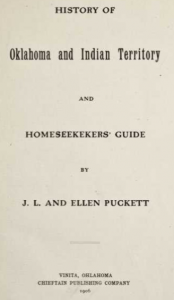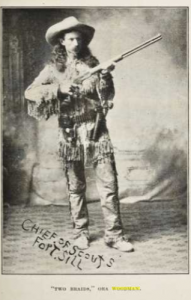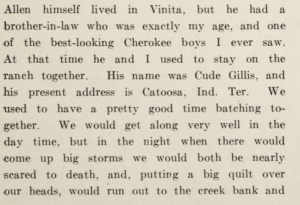“Through the open windows of a second-story room opposite Hull House on a midsummer Saturday evening come the jazz strains of a gospel hymn being lustily sung in Spanish. If we were to trace this music to its source it would lead us into the midst of a revival meeting of the Pentecostals. There in a crowded room we would find a Mexican evangelist, eyes shining and face flushed by his enthusiasm, leading the singing, while an orchestra made up of a cornet, two drums, three triangles, and a piano beats out the rhythm with a will.”[1]
This is how Robert C. Jones and Louis R. Wilson describes an evening scene in a Mexican neighbourhood in Chicago. Their article was published in 1931 and addressed how many people from the migrant Mexican population converted to and adapted the beliefs and practices, including the musical practices of Pentecostalism.
Pentecostalism being defined in the Encyclopædia Britannica as a charismatic religious movement that gained popularity during the 20th century. The belief in a “post conversionreligious experience called baptism the Holy Spirit” [2] was (and still is) a defining trait for the associated denominations. Pentecostalism and similar movements grew out of a growing disregard for traditional religious practices in late 19th century. Expression of emotion and a more spontaneous articulation of the Gospel was preferred to the traditional church service. This was (and still is) very much present in the musical practices. “[…]the jazz strains of a gospel hymn lustily sung in Spanish” as described by Jones and Wilson, is an example of what is described as “enthusiastic congregational singing”[3], a form of this emotional religious expression. This was a world away from the Latin chants of the Roman Catholic Church, in which the majority of Mexican immigrants were raised.
https://www.youtube.com/watch?v=iZVteZ794xE
Just shy of a century after Jones’ and Wilson’s observations, services are still being held in Spanish in what identifies as Mexican or Spanish Pentecostal churches across America. This video from a Pentecostal service Hammond, Indiana, uploaded in 2013 around which I assume it was filmed, shows not only gospel elements but Latin elements within the music, and rightfully so. Maracas, and what could be a vihuela [4] can be hard, as well as a variety of other rhythmic instruments.
The Spanish adaption of gospel music within Mexican Pentecostalism is a good example of the hybridity we find in so much of American music, even though the two styles of music, traditional Mexican music and the gospel music of the United States are not necessarily mutually exclusive genres. It has for instance been argued that gospel music has drawn from Latin and Caribbean influences as well as its African American and European roots.
Sources:
Melton, J. Gordon. “Pentecostalism” Ecyclopædia Britannica. August 31th, 2014. https://www.britannica.com/topic/Pentecostalism [Accessed November 11th, 2019]
“Mariachi”. Ecyclopædia Britannica. January 29th, 2016. https://www.britannica.com/art/mariachi [Accessed November 11th, 2019]
Jones, Robert C.. Wilson, Louis R. The Mexican in Chicago (1931). Comity Commission of the Chicago Church Federation. The American Mosaic: The Latino American Experience, ABC-CLIO, 2019. http://latinoamerican2.abc-clio.com/Search/Display/1449373. [Accessed November 10th, 2019]
“Sunday Service Spanish Pentecostal Hammond, IN”. Uploaded April 14th, 2013. Youtube. https://www.youtube.com/watch?v=iZVteZ794xE [Accessed November 11th, 2019]
[1] Jones et al. 1931
[2] Melton 2014
[3] Ibid.
[4] “Mariachi” 2016



